A、Case status
Sex: Male
Age: 60 years old
Complaint: Physical examination found abdominal aortic aneurysm for 1 month
Past history: hypertension, glucose intolerance, hyperlipidemia, coronary artery disease, coronary artery bypass grafting, coronary stenting
Preoperative diagnosis: 1. abdominal aortic aneurysm, 2. descending aortic ulcer, 3. aortic atherosclerosis, 4. left internal carotid artery stenosis, 5. coronary atherosclerotic heart disease, 6. hypertension grade 3 (very high risk), 7. hyperlipidemia, 8. glucose tolerance abnormality, 9. post coronary artery bypass grafting, 10. post coronary stenting, 11. kidney stones
Translated with DeepL.com (free version)
B、Preoperative Imaging
Preoperative CTA suggests:The distal abdominal aorta was dilated at the level of both renal openings in a distal aneurysm-like fashion, with a maximum cross-sectional internal diameter of 62 x 59 mm and an involvement of approximately 89 mm, with epiphora thrombosis.
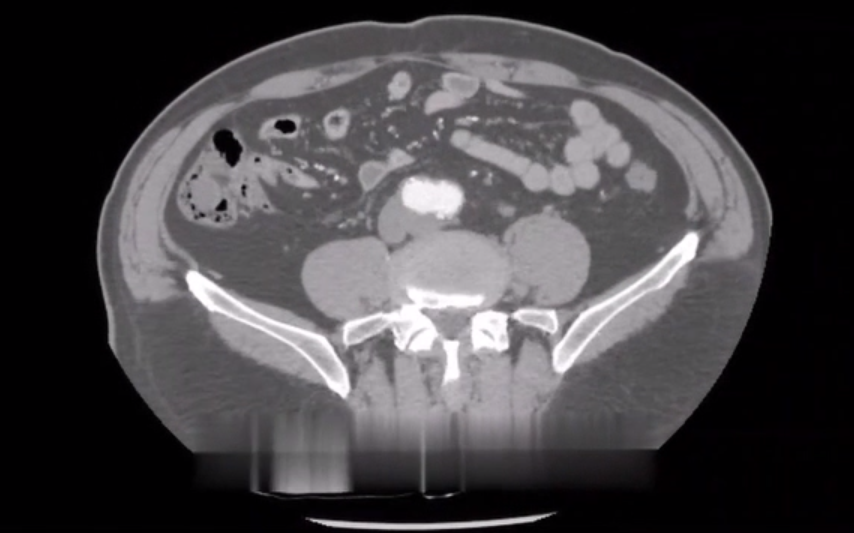
Preoperative 3D three-dimensional reconstruction is shown:The neck of the tumor is extremely short.
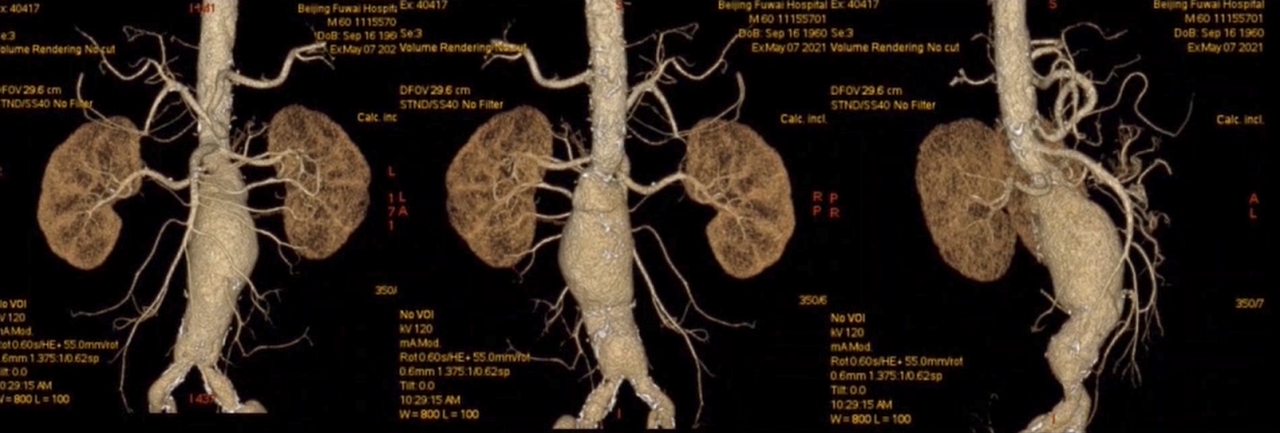
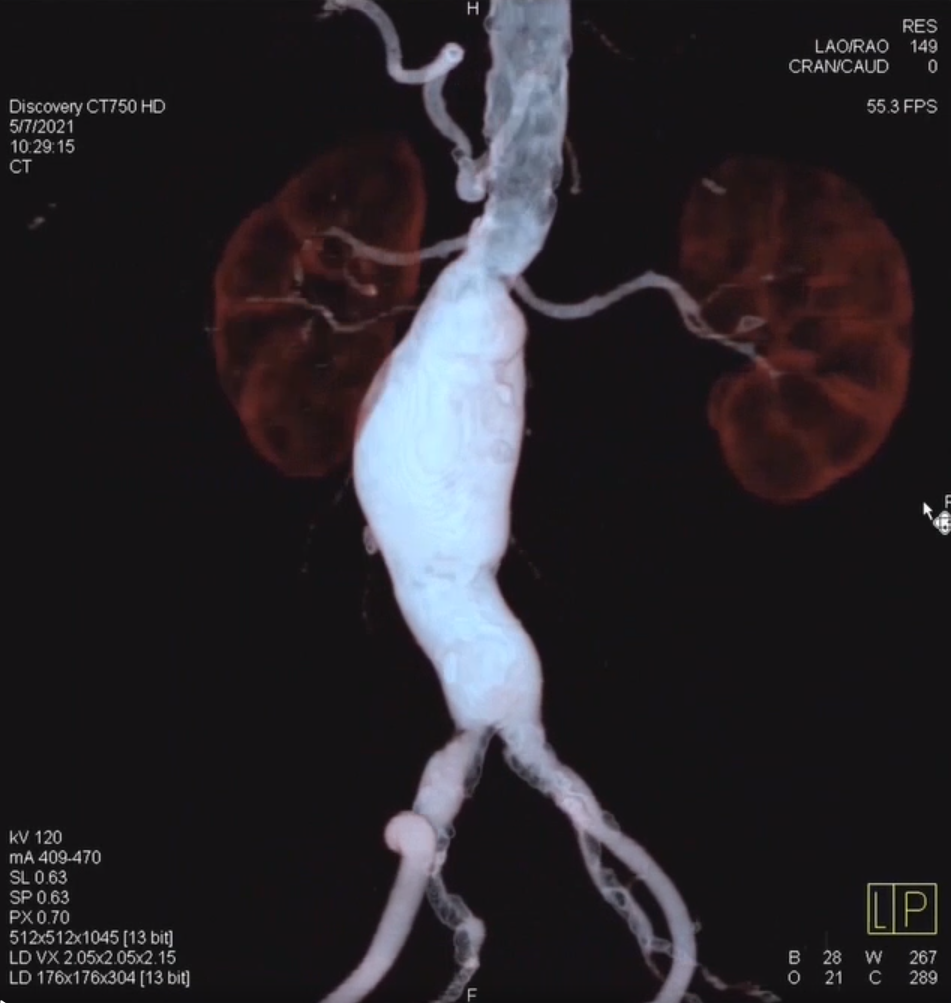
C、Surgical Procedure
Free bilateral femoral arteries and abdominal aortogram showing abdominal aortic aneurysm;
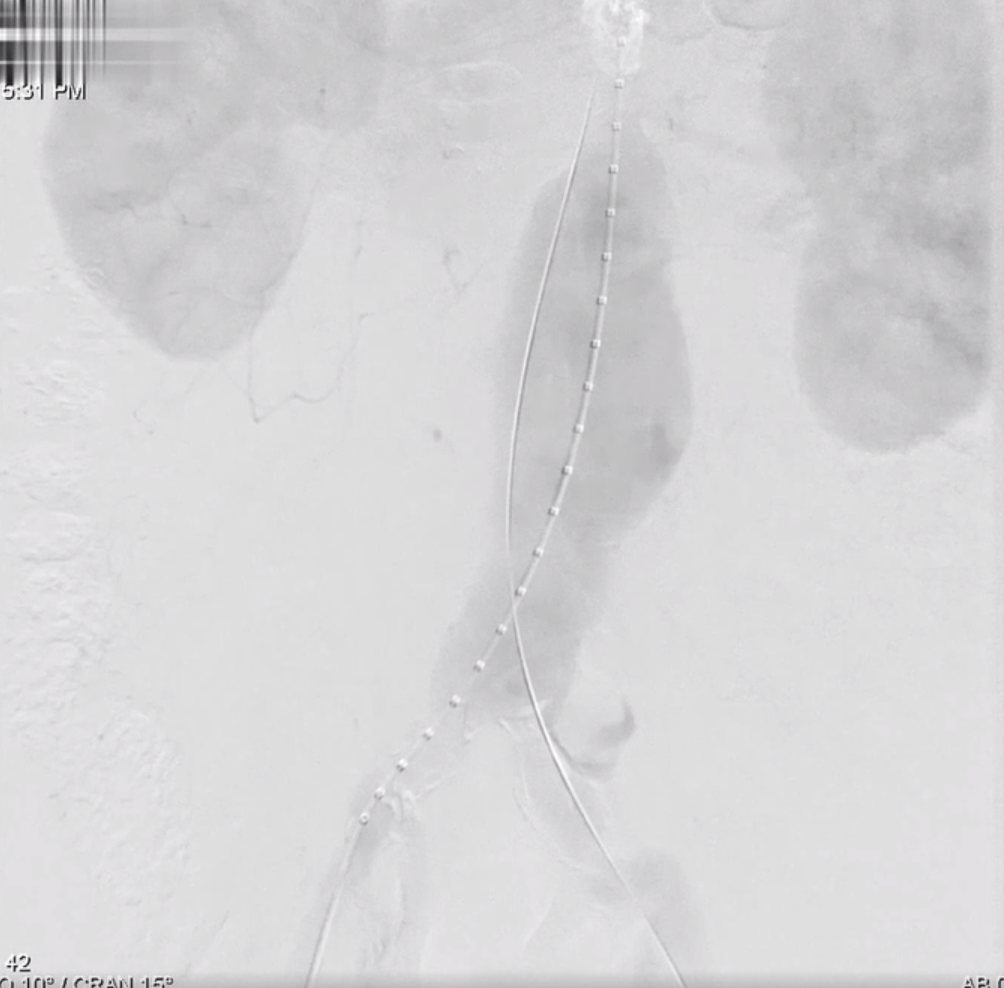
The main stent Medtronic 28-16-145mm was implanted via the left femoral artery;
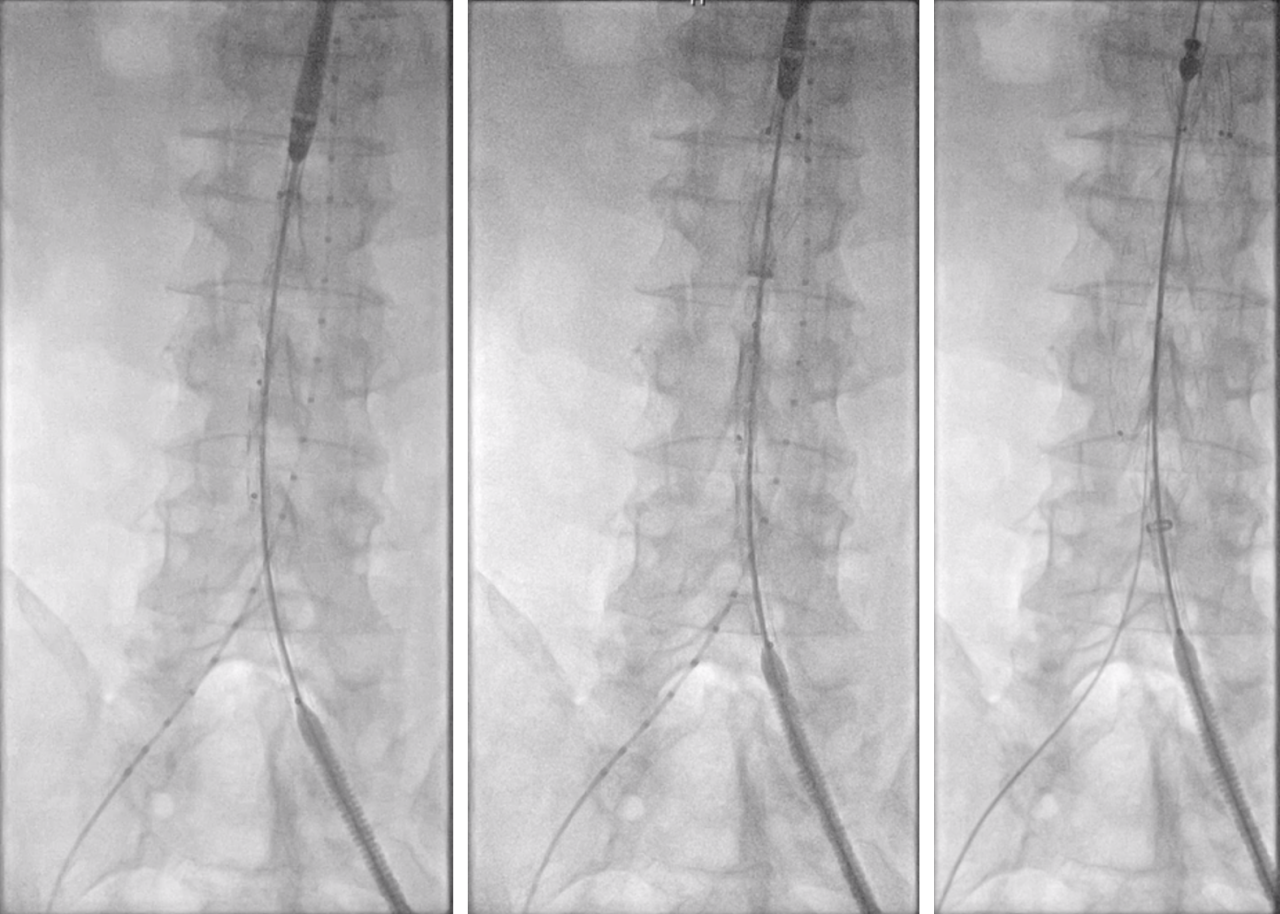
The main stent was selected via the right femoral artery and introduced into the right iliac branch Medtronic 16-13-120mm;
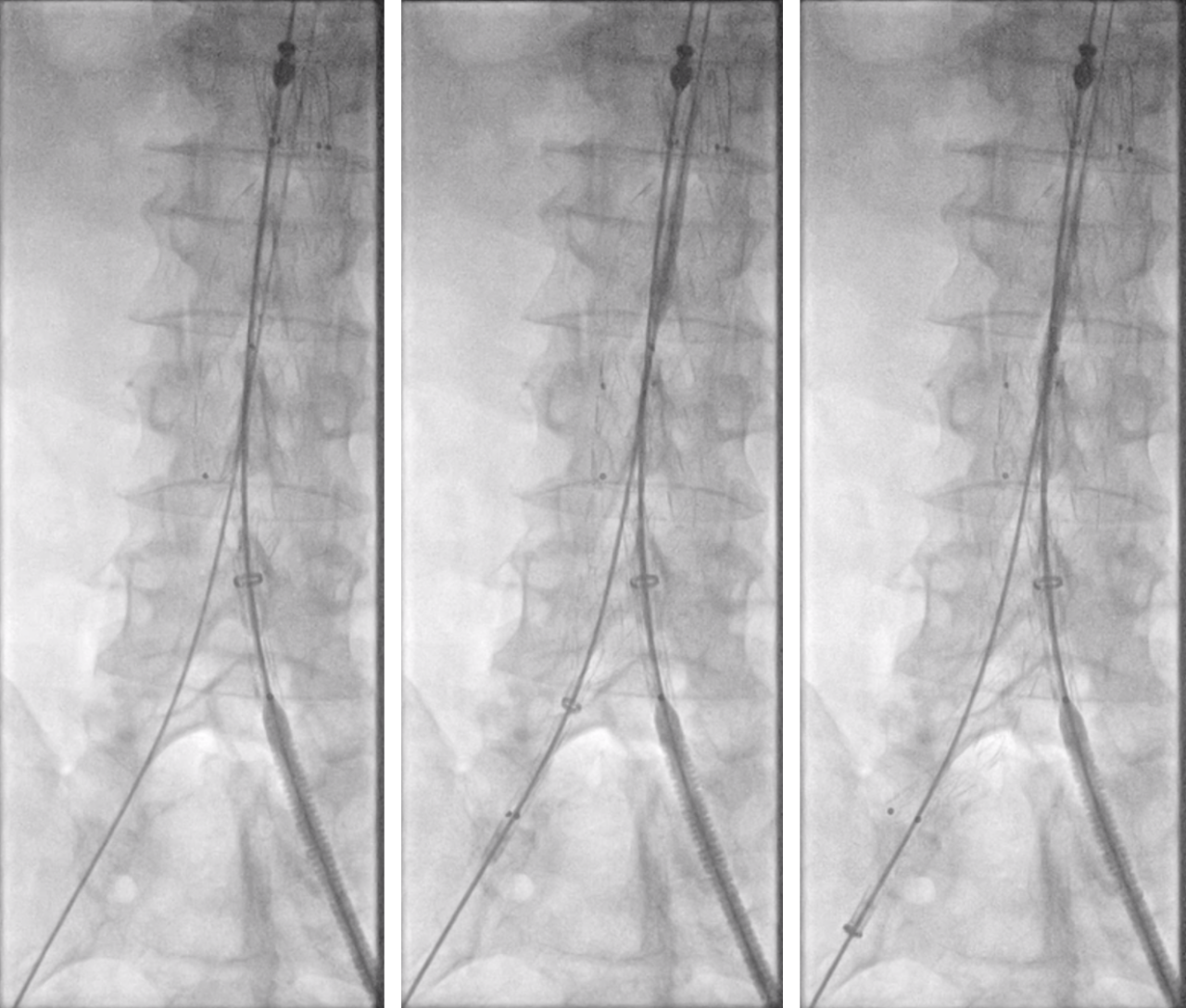
Medtronic 16-20-120 mm via the left femoral artery to the left iliac branch;
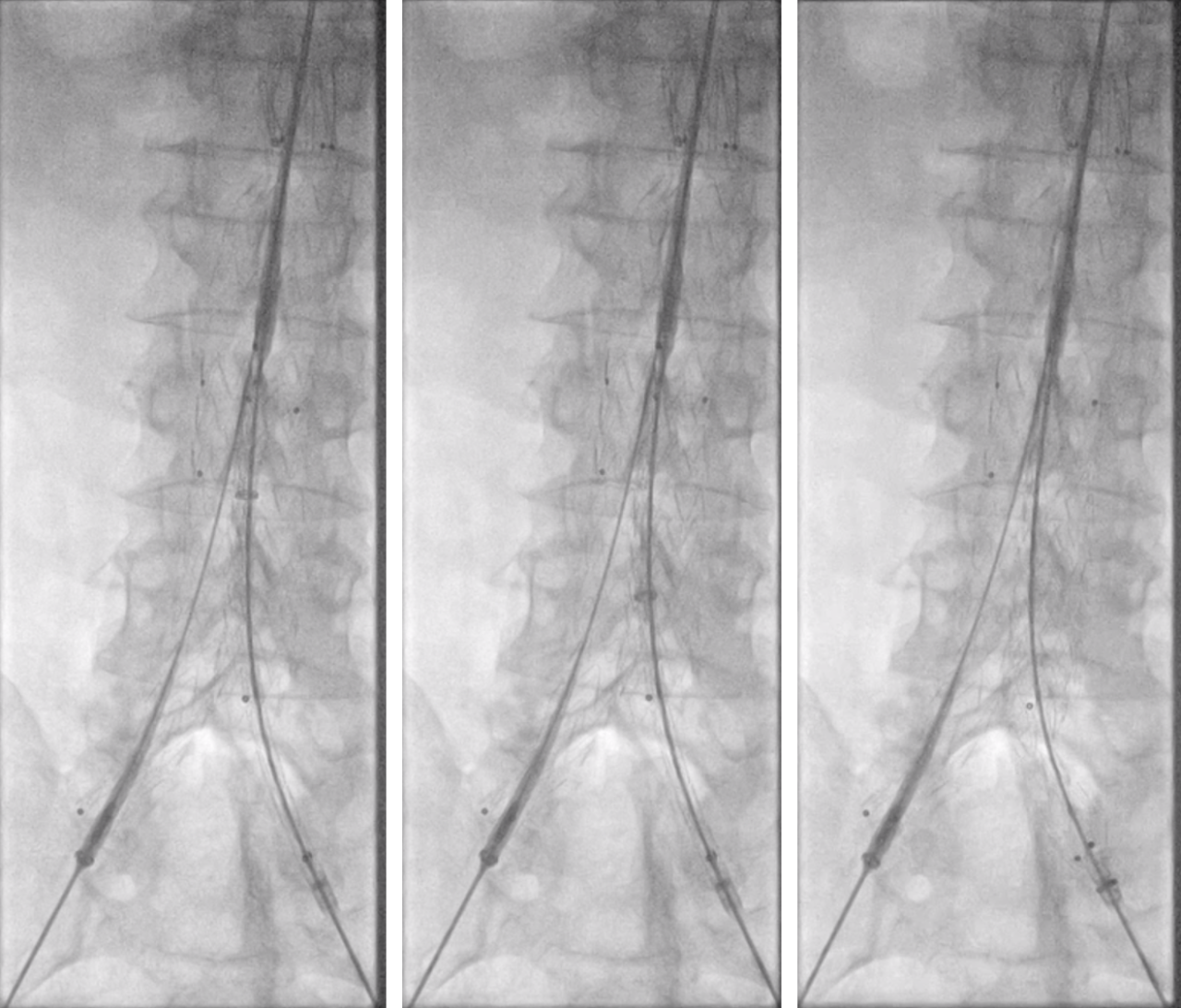
Imaging showed a type I endoleak, so balloon dilatation of the proximal end was performed;
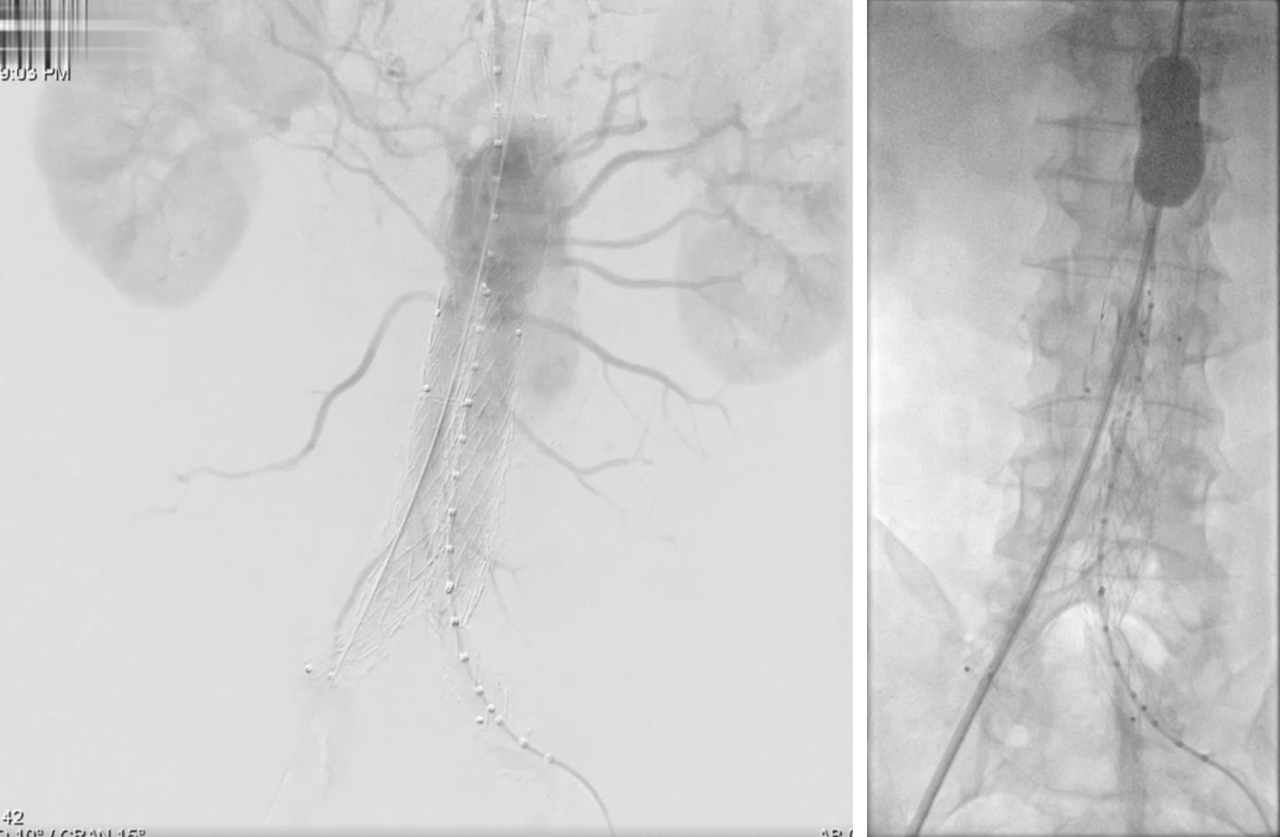
Re-imaging was performed and still showed endoleak, and balloon dilatation was continued;
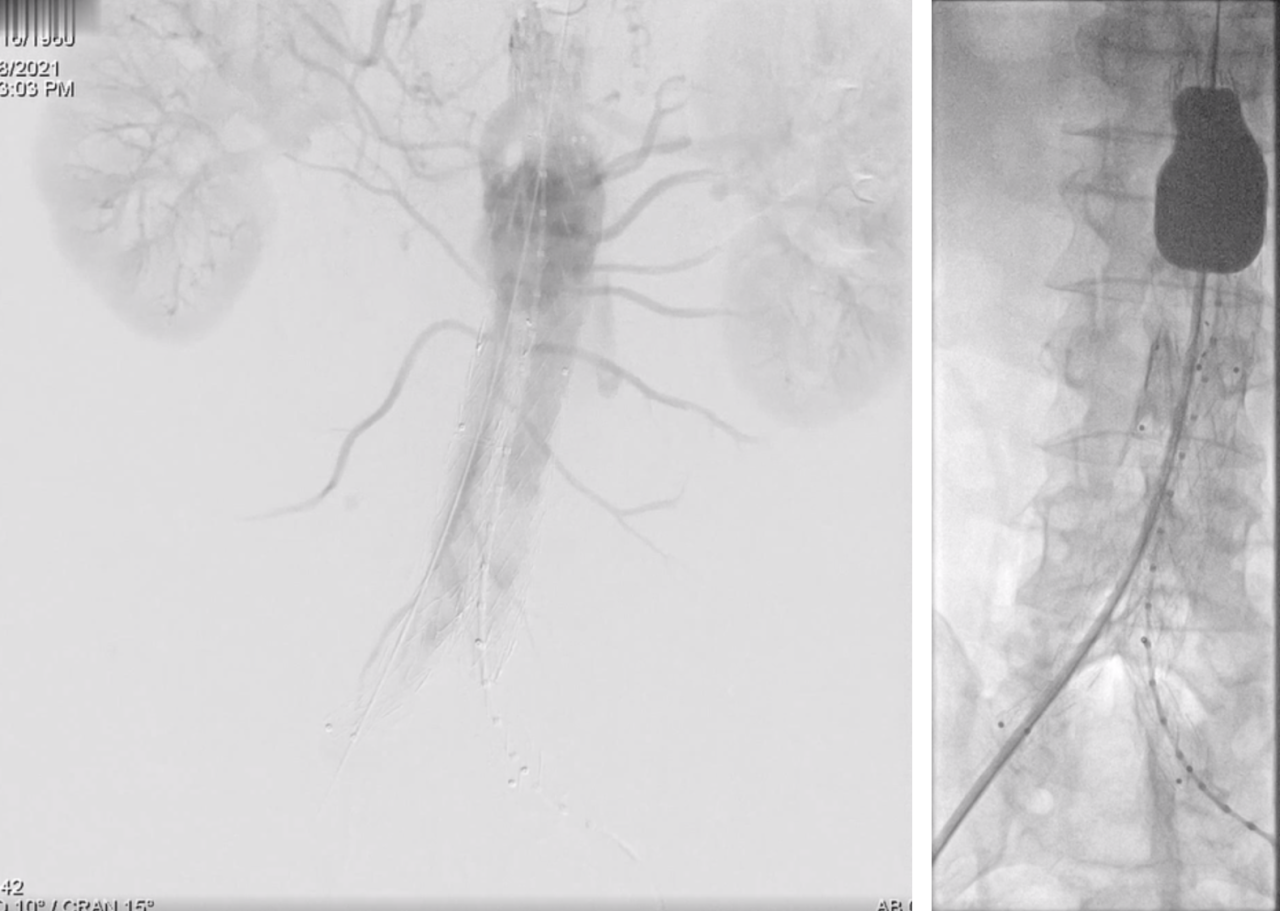
And balloon dilatation of bilateral iliac branches was performed step by step and reimaging was performed, and endoleak was still present;
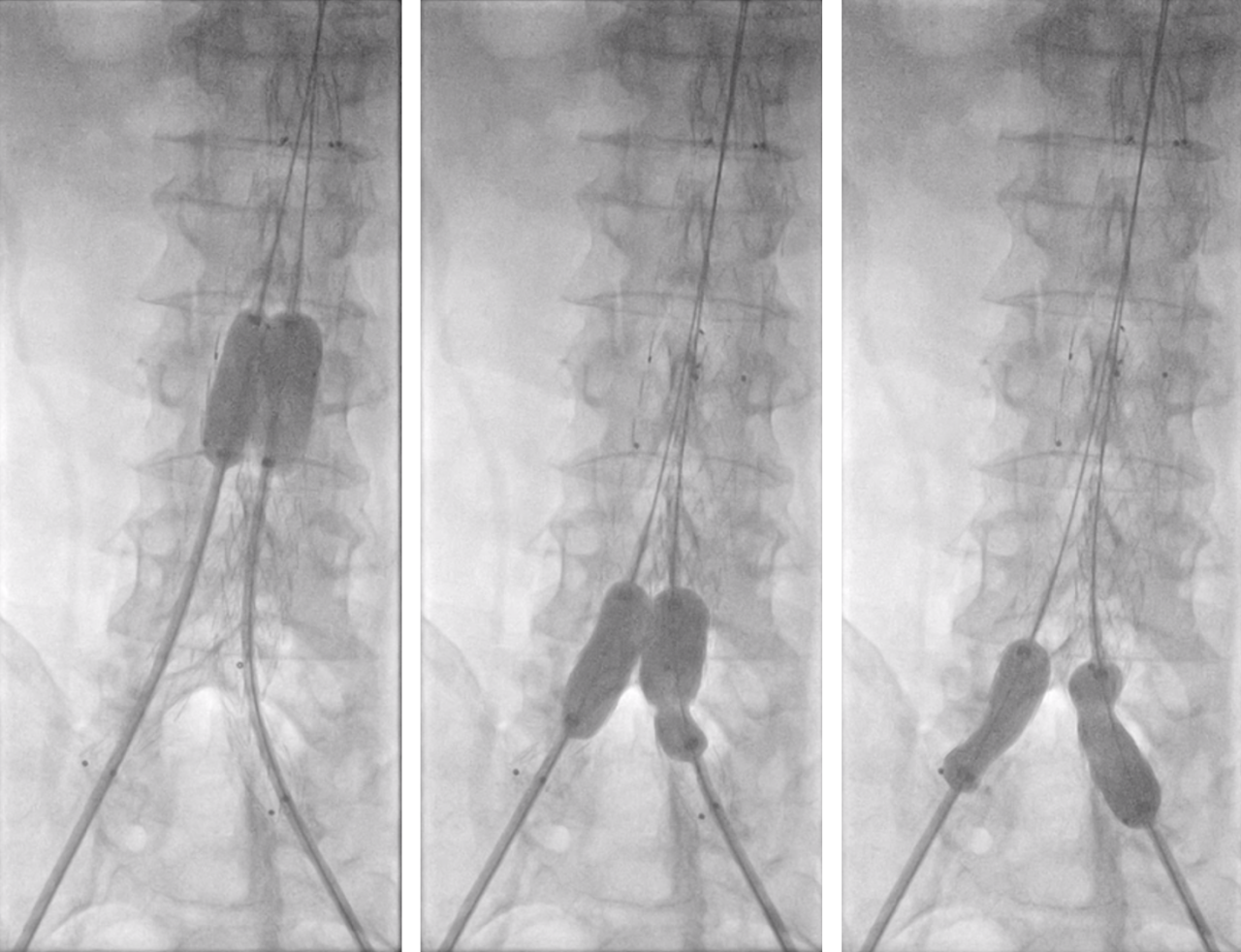
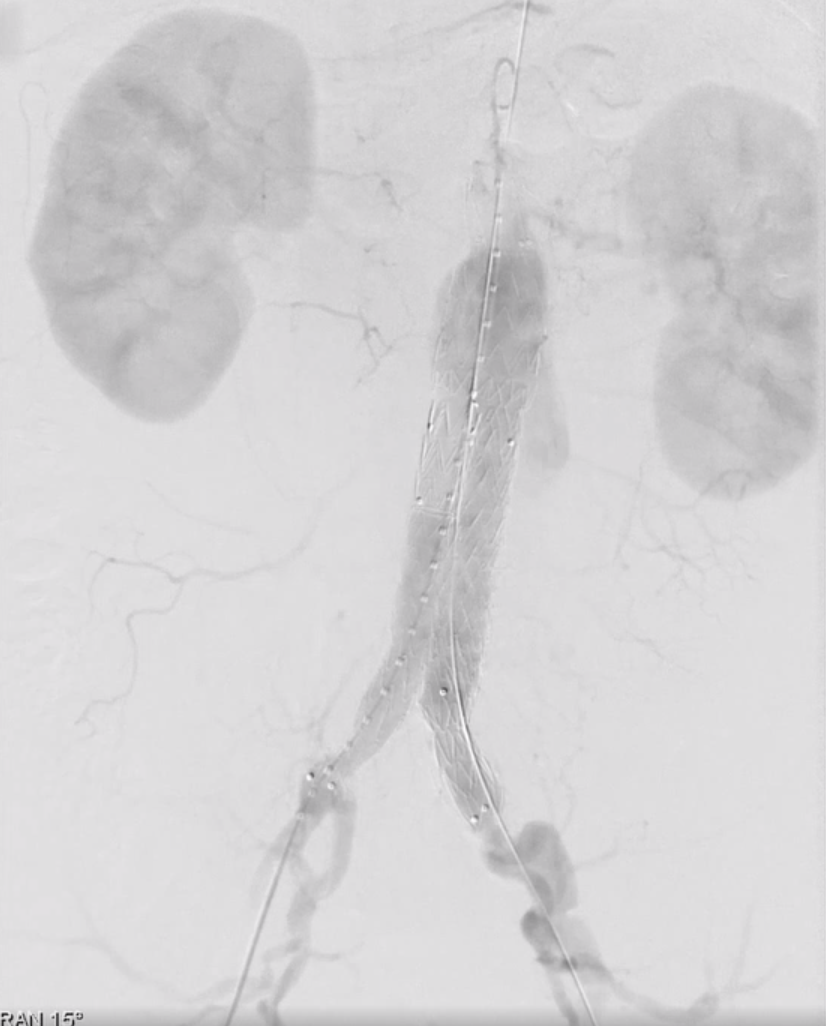
The CUFF stent Medtronic 28-28-45mm was selected for proximal windowing and modification, and the right renal artery side was slotted about 6mm; after completion of extracorporeal windowing, the stent was recovered into the sheath;
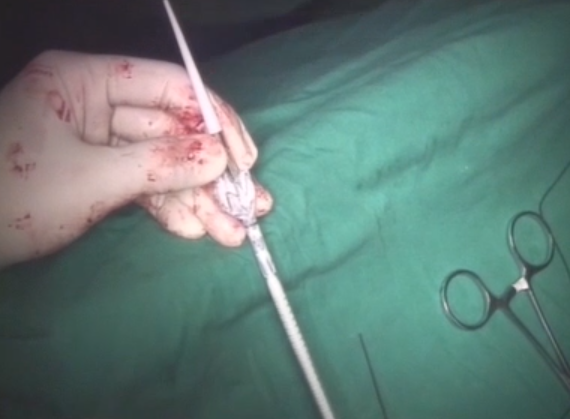
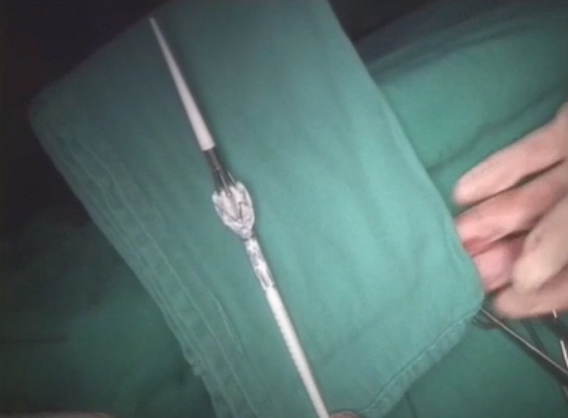
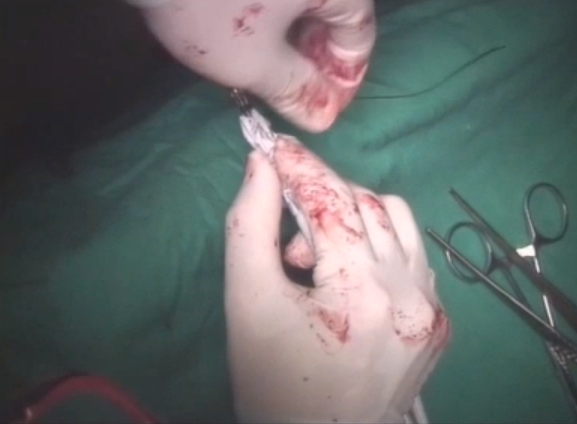
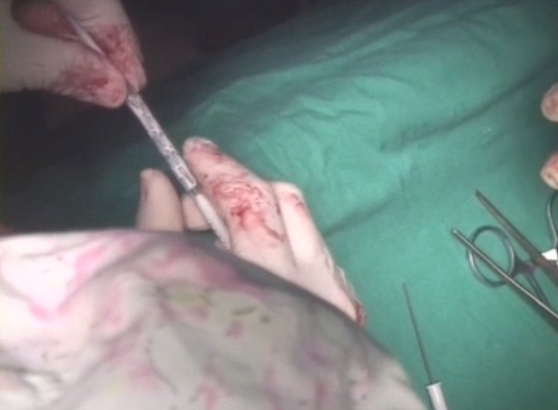
Aim the window of opening at the right renal artery and position it for release;
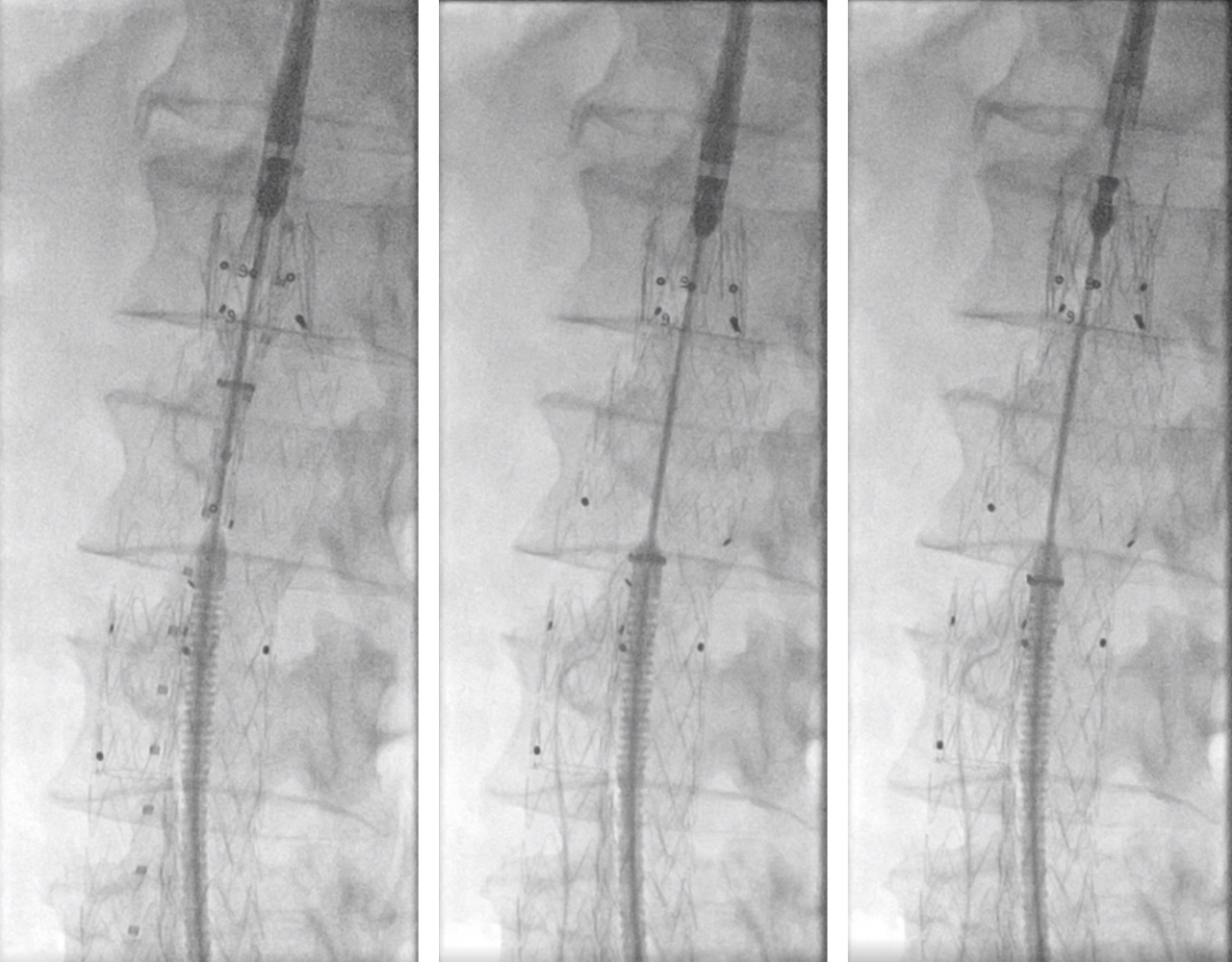
The final contrast showed disappearance of the endoleak.
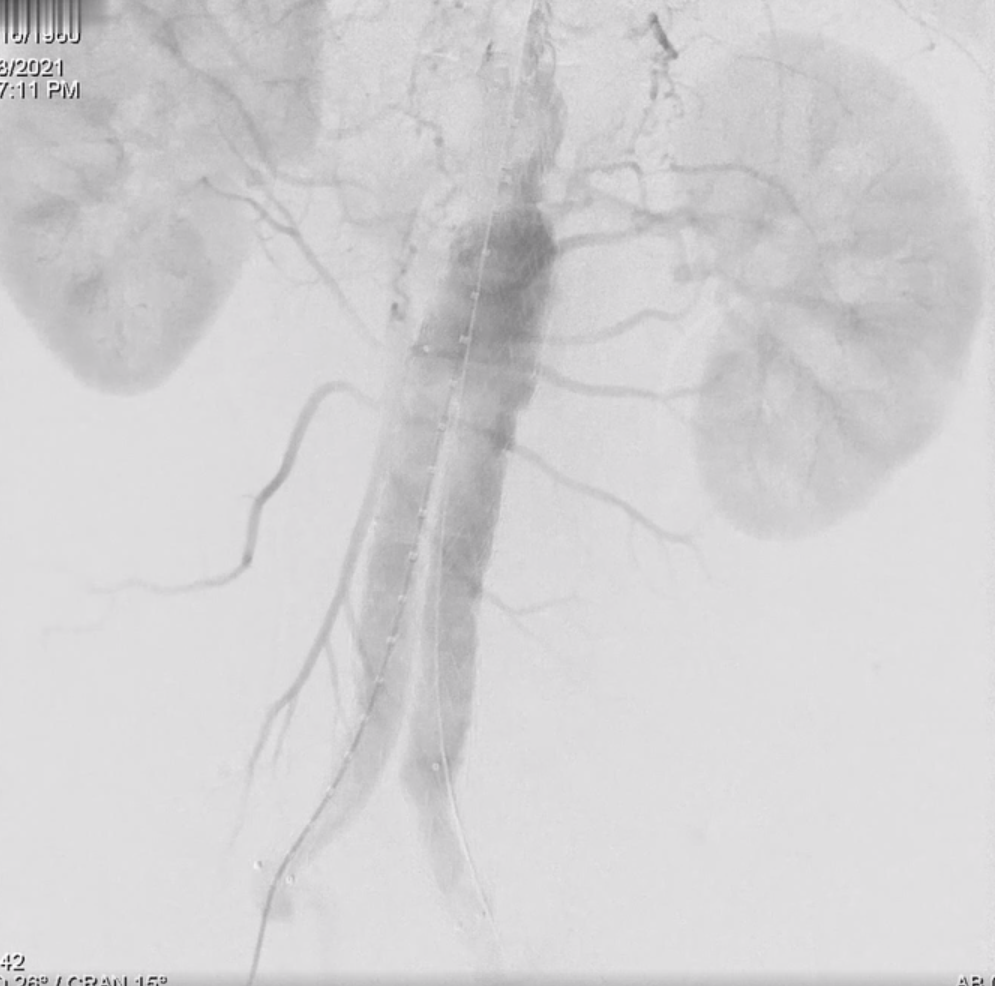
D、Postoperative review
Postoperative CTA of the aorta showed a patent aortic stent morphology with good apposition and no endoleak, and postoperative 3D three-dimensional reconstruction also showed no endoleak.
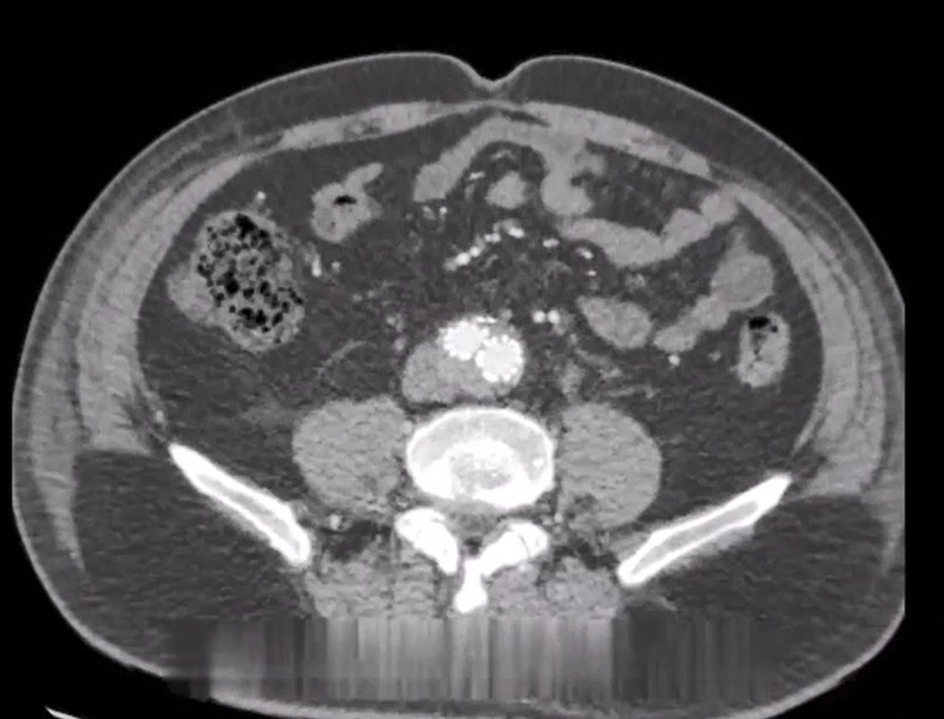
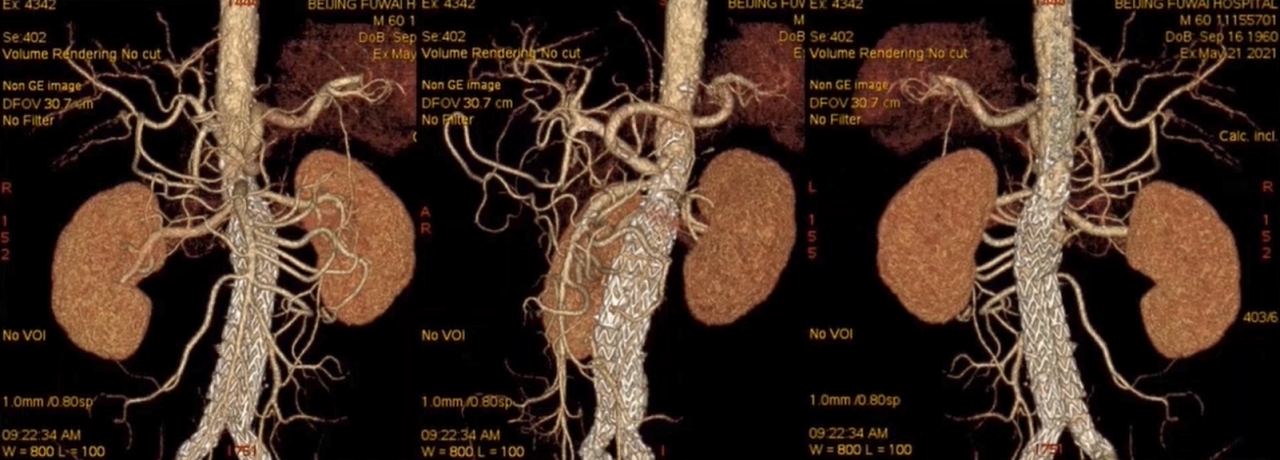
Introduction of experts
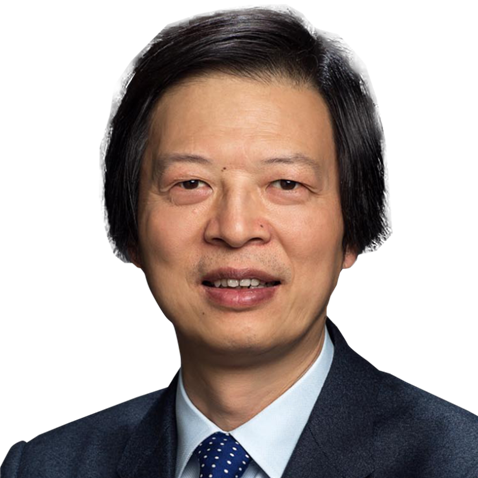
Prof. Shu Chang
National Chief Physician, Second Class Professor, Doctor of Surgery
Director of Vascular Surgery Center, Fu Wai Hospital, Chinese Academy of Medical Sciences, China
Chairman of Vascular Surgery Specialized Committee of National Expert Committee on Cardiovascular Disease and Head of Vascular Surgery Quality Control Expert Group
Postdoctoral Fellow in Vascular Surgery, Stanford University School of Medicine, USA, Supervisor of Ph.
He is also the director of Vascular Disease Research Institute of Central South University, the director of Vascular Surgery Center of No.2 Xiangya Hospital of Central South University, the director of Surgery and Minimally Invasive and Interventional Center for Large Vessel Diseases, and the professor of Concordia Medical College of the Chinese Academy of Medical Sciences.
He is a national key clinical specialty (general surgery), the leader of peripheral vascular interventional diagnosis and treatment training base of the National Health and Family Planning Commission, and a visiting professor at Stanford University School of Medicine, Yale University School of Medicine, Mount Sinai Medical Center of New York University, St. Clare's Hospital of Seattle, the University of Hong Kong Faculty of Medicine, and the National University of Singapore Faculty of Medicine. He also serves as the main committee member of the Vascular Surgery Specialty Committee of the National Committee of Experts on Cardiovascular Disease and the head of the Vascular Surgery Quality Control Expert Group, a member of the National Committee of Experts on Cardiovascular Disease, an international committee member of the American Society of Vascular Surgery (SVS), the vice-president of the International Federation of Veins, China, and a former vice-president of the International Federation of Vascular Federation (2012-2014). Vice Chairman of Chinese Physicians Association Vascular Surgery Physicians Branch, Vice Chairman of Chinese Physicians Association Endoluminal Angiology Committee. He is an associate editor of Chinese Journal of Modern Surgery, Chinese Journal of General Surgery, Journal of Vascular and Endoluminal Vascular Surgery, and Chinese Journal of Vascular Surgery (Electronic Edition), and an associate editor of Annuals of Vascular Surgery, Journal of Endovascular Therapy, Chinese Journal of Surgery, Chinese Journal of Biomedical Engineering, International Journal of Geriatrics, and International Journal of Geriatrics. Journal of Endovascular Therapy, Chinese Journal of Surgery, Chinese Journal of Biomedical Engineering, International Journal of Geriatrics and other journals.
He specializes in the diagnosis and treatment of aortic diseases and peripheral arterial diseases, and has performed more than 5,000 minimally invasive interventional surgeries for aortic diseases. He has taken the lead in carrying out a series of cutting-edge technologies and innovative transformation of medical devices in the international and domestic markets: he was the first Chinese expert to report on the minimally invasive treatment of coarctation of the aortic arch with the "Chimney" technique in the international arena; and the first Chinese expert to perform the world's first surgery for hyperemesis gravidarum, Marfan He was the first Chinese expert in the minimally invasive treatment of aortic coarctation with hyperemesis gravidarum and Marfan syndrome in the world; the first stent implantation for aortic coarctation combined with hypertrophic aortic syndrome, the first femoral artery pseudo aneurysm rupture surgery for AIDS patients in the country, the first endoluminal treatment of difficult aortic coarctation with aortic arch rupture with aortic arch stenting in the country, and the first implantation of inferior vena cava filters in the five provinces in the central and southern China. Successfully treated patients with life-threatening aortic coarctation combined with serious complications, ruptured abdominal aortic aneurysm, ruptured iliac artery aneurysm, and traumatic carotid artery dissection, and successfully carried out difficult surgeries, such as giant carotid body aneurysm and inferior vena cava malformation. The medical devices developed, such as skirt stent, have been approved as national innovative medical devices. Invited to more than 200 hospitals in 26 provinces and autonomous regions of China for consultation and surgery. He has performed more than 170 minimally invasive and open aortic surgeries in 18 countries on three continents, and has led the research and development of several minimally invasive aortic devices. He has been practicing for 34 years, specializing in the diagnosis and treatment of critical aortic diseases, and has been awarded the National Health System Advanced Individual and the Chinese Physician Award, as well as the Young and Middle-aged Experts with Outstanding Contributions by the Healthcare Commission. He was awarded the First Prize of China Medical Science and Technology Award and the First Prize of Beijing and Hunan Provincial Science and Technology Progress Award as the first complete author. He has published 299 papers as the first author or corresponding author, of which 144 papers are SCI papers, and 13 patents have been authorized.
He has presided over a number of scientific research projects, such as the National Key Basic Research Program (973), the National Natural Science Foundation of China, the Science and Technology Fund for Returned Personnel of the Ministry of Education of China, the Doctoral Research Fund of the Ministry of Education of China, and participated in one of the major national scientific and technological special projects, and has been awarded three national invention patents.
He has received more than 10 awards for scientific and technological achievements, such as the International Vascular Alliance Congress Award, the First Prize of Hunan Provincial Scientific and Technological Progress, and the Hunan Medical Science and Technology Award. He has been awarded the title of young and middle-aged expert with outstanding contributions to the health system, Chinese Physician Award, Advanced Individual of the National Health System, Distinguished Professor of the Chinese Medical Foundation (CMB), the first Xiangya Famous Doctors, and was selected as one of the first batch of the Top 100 National Famous Doctors.


